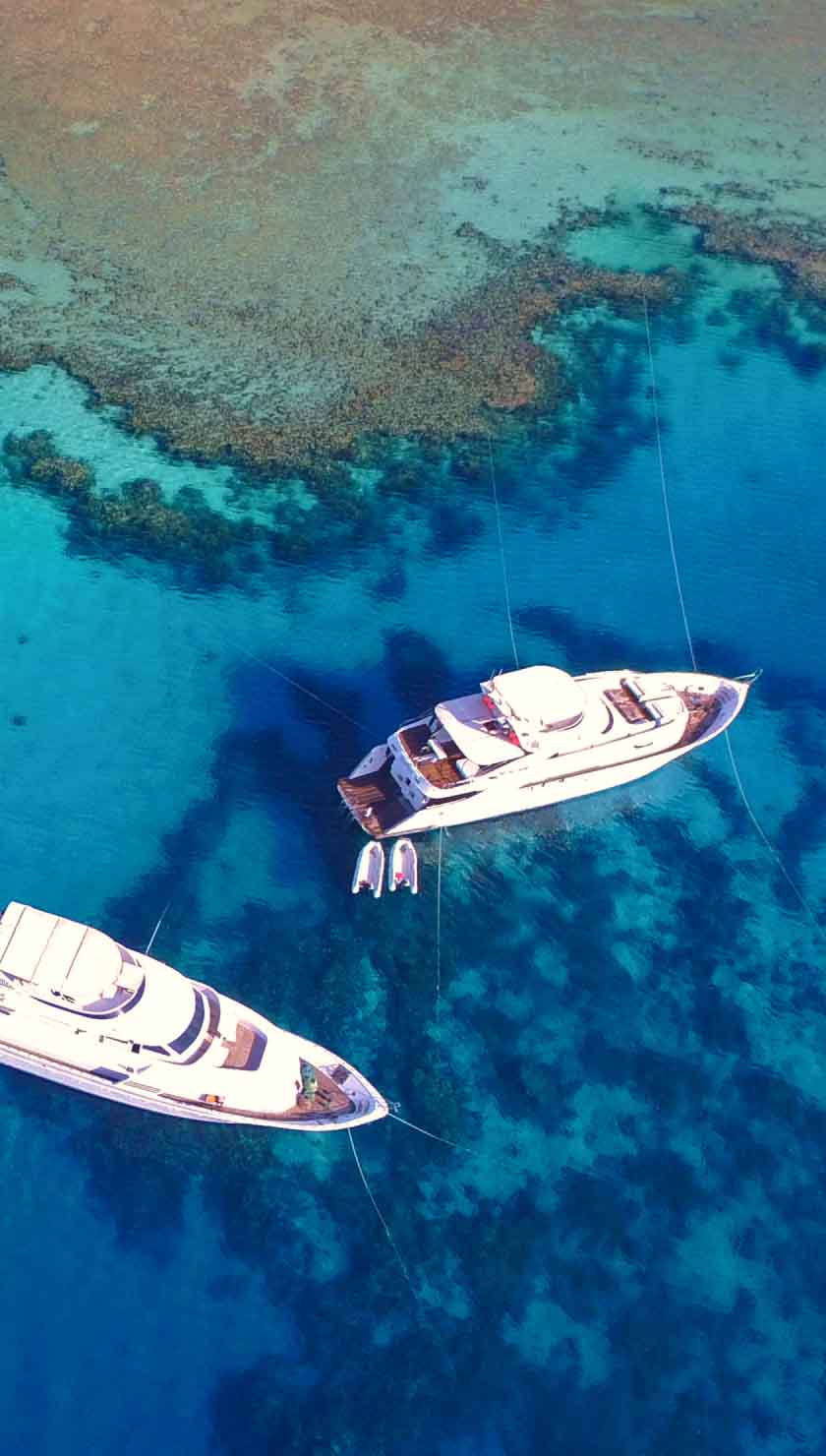Diving in Mexico
Mexico is amongst the top scuba diving destinations in the world, with sites such as Socorro, Guadalupe and the Sea of Cortez. This is a mega fauna hotspot with the chance to see great white sharks as well as schools of fish, swordfish, turtles, hammerheads, giant mantas, sperm and blue whales.
Scuba diving in Mexico will leave you awe-inspired and ready for more, with options of up to 4 dives per day here, the country's rich coastline allows you to explore an underwater world like no other. Mexico scuba diving offers up a wide range of sites and sea life to take in. On offer are dive sites with sharks as well as shipwrecks; whales as well as caves; and corals as well as crustaceans. In short: when you decide to go diving in Mexico, you will not be disappointed with what it can offer.
Mexico is visited by many scuba divers to catch a glimpse of the underwater sights at Mexico's top dive spots. On the Pacific side you have the Sea of Cortez which is full to the brim with sea life and is an incredible option for those who love natures underwater giants. The different seasons bring different opportunities to see sharks, manta's, whale sharks & mobula rays leaping from the water. On the other coast, laying in the Caribbean Sea, the warmer waters allow for year round dive opportunities.

















